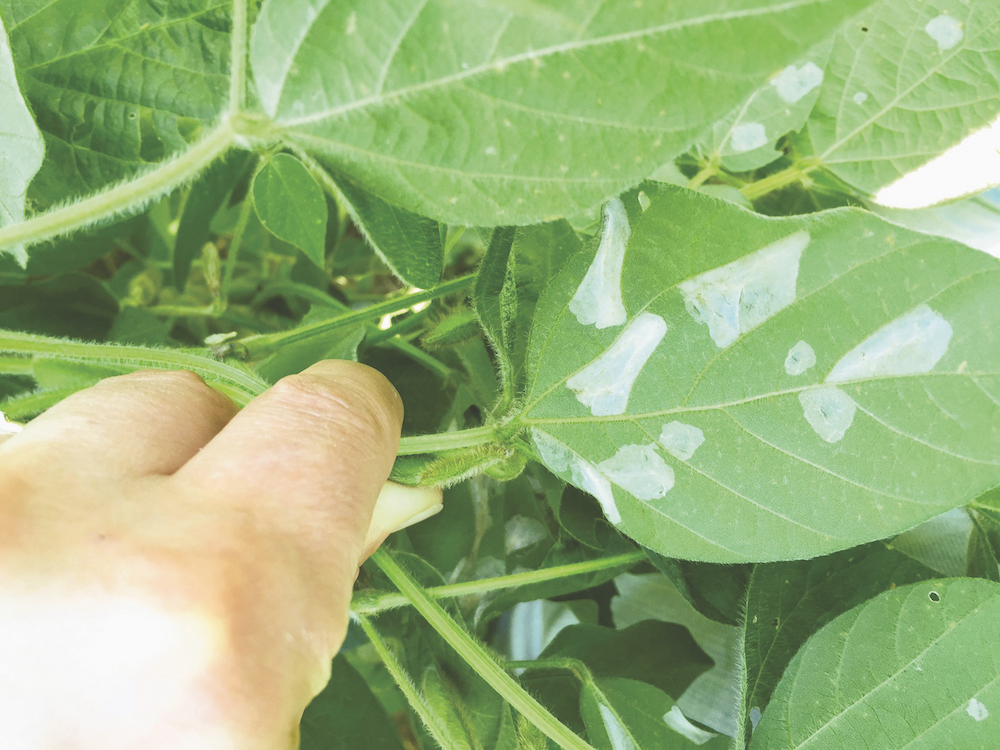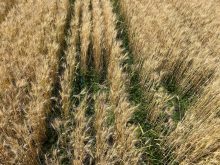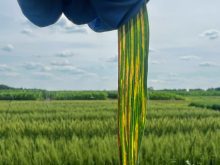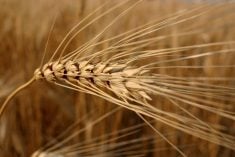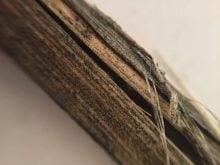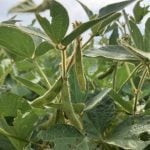A tiny North American moth species that has been seen in Canada has been developing a new appetite for soybean plants on the U.S. Plains.
The species, Macrosaccus morrisella — now officially named the soybean tentiform leafminer — was detected feeding on soybean crops in eastern Minnesota in 2021 and has since taken its newfound appetite north, according to Minnesota extension entomologists.
The new leafminer was spotted in soybeans in two counties in the Minneapolis/St. Paul area in 2021, then spread as far west as southeastern South Dakota the following year, University of Minnesota entomology professor Robert Koch said in a recent post.
Read Also

Claas brings 1000 Series SP forage harvesters to Canada
In mid-August, Claas unveiled its new line of Jaguar forage harvesters at an event in Visalia, California, deep in the heart of that state’s dairy region.
In 2023, however, the pest was spotted in 77 soy fields in 44 Minnesota and North Dakota counties — as far north and west as Traill and Griggs counties in North Dakota, south of Grand Forks, and in Minnesota as far north as Marshall county, northeast of Grand Forks.
Until now, Koch and post-doc associate Arthur Ribeiro said in their post, Macrosaccus morrisella had been known to feed on two plant species, American hogpeanut and slickseed fuzzybean.
(Both are vining plants native to North America; the hogpeanut is seen in Canada from Manitoba through to Nova Scotia, according to the University of Wisconsin.)
Now, however, the tentiform leafminer moths’ larvae have been seen feeding inside soybean leaves, creating leaf injuries or “mines” visible first on the leaf’s lower surface and eventually the upper surface, Koch and Ribeiro wrote.
The adults of the species are tiny and “unlikely to be observed in the field,” they said.
The damage done by leafminers was first observed in soybean crops in Quebec over several years, Koch, Ribeiro and Quebec provincial specialist Joseph Moisan-De Serres wrote in a separate paper in 2021.
Damaged and infested leaves from Quebec soybean fields were taken for identification in 2016, and again in 2019 and 2021. The species has also previously been reported in Ontario.
Up here on the Prairies, the soybean tentiform leafminer has been recorded in Manitoba but hasn’t yet been documented in soybeans, according to provincial ag entomologist John Gavloski.
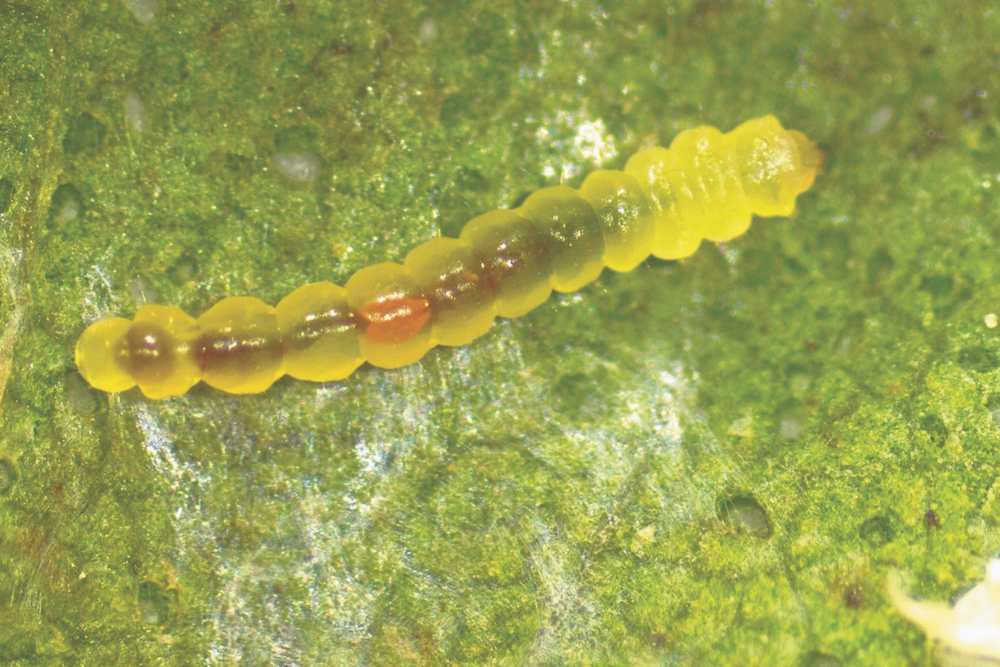
“There is always the possibility that it may have been present in soybeans at low levels, but nobody has seen or reported it yet,” he said via email.
The new species isn’t the first leafminer pest to feed on soybeans in North America, the researchers noted. Three species — the soybean leaf miner, locust leaf miner and Sumitrosis rosea — are known to feed on soybean plants, but their feeding is “rarely of economic significance to soybean production.”
However, they added, “because the leaf-mining niche in North American soybean appears underutilized, the potential adaptation to soybean by a leaf-mining lepidopteran like M. morrisella requires further examination.”
But not much is yet known about how to manage the newer species — except that it’s known to have two parasitoids that attack it.
What’s known about other leafminers “could provide a foundation for development of management plans” should infestations of the new pest become worse.
This year, Gavloski said, he plans to publish information on the species early in the season, so farmers scouting Manitoba’s soybean fields can watch for it.


